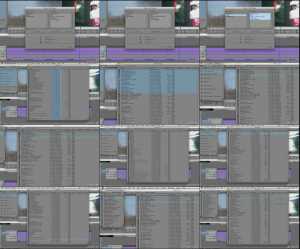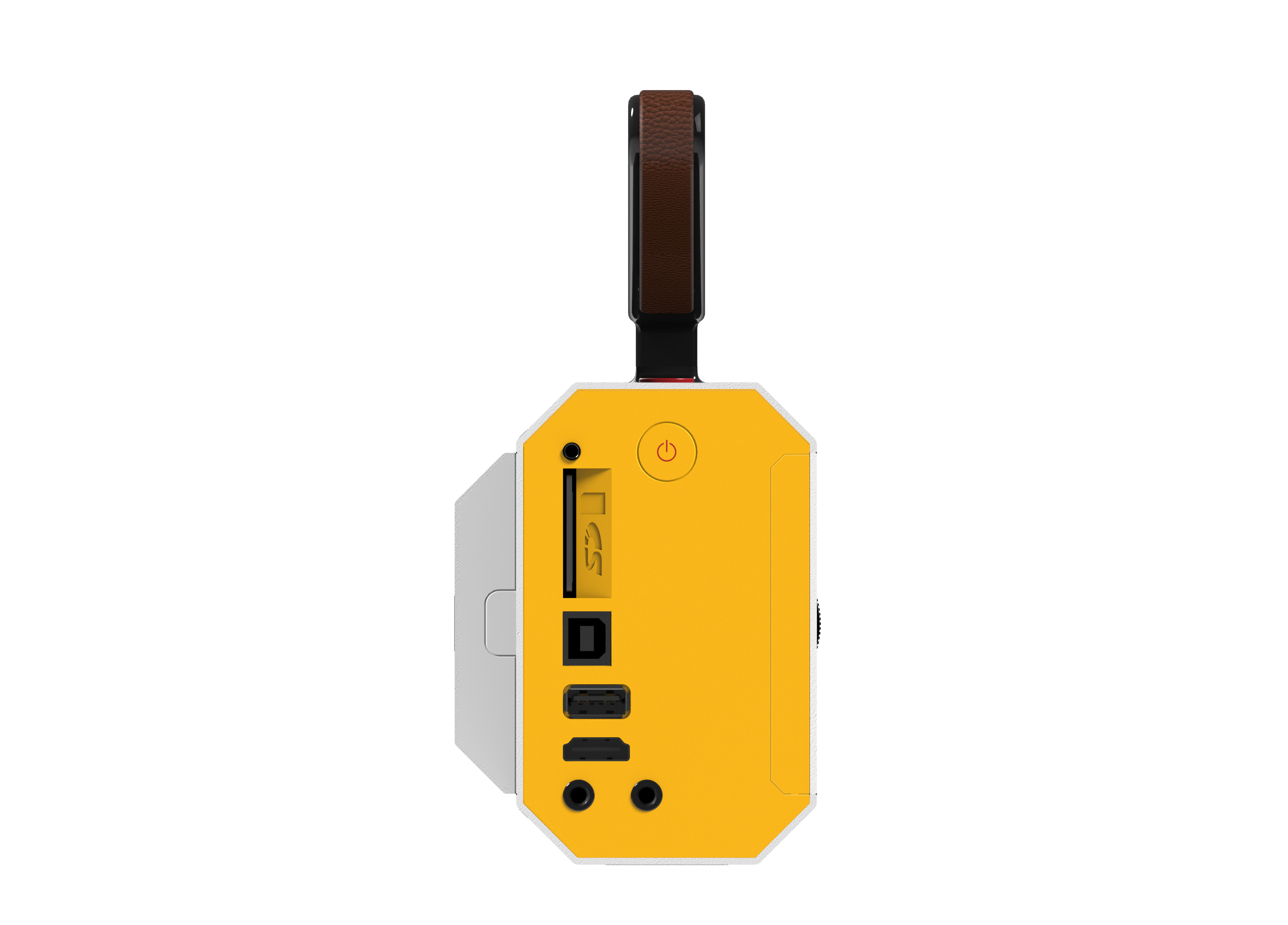Avid Composer 6 Keygens
2019.6/ June 20, 2019; 3 months ago ( 2019-06-20)and later, and later.WebsiteAvid Media Composer is a film and video editing software or (NLE) and is the flagship product of. Initially released in 1989 on as an system, the application has since evolved to allow for both and editing, including uncompressed standard definition (SD), high definition (HD), and editing and finishing. Since the 1990s, Media Composer has been the dominant non-linear editing system in the film and television industry, first on and later on. Avid NewsCutter, aimed at newsrooms, aimed at finishing, were all Avid products that were derived from Media Composer and share similar interfacing, as were (discontinued in 2008) and its predecessor Avid Xpress DV, which were aimed at the lower end of the market.There is one version of Media Composer, which can be used as standalone software, or to which the user can add specific external I/O devices, either from Avid or from specific third parties. Contents.Avid designed hardware Avid systems used to ship with Avid branded I/O boxes, like Mojo, Adrenaline and Nitris, but in recent years have ceased to produce their own hardware, and have started collaborating with companies like and AJA, releasing customised, Avid-branded I/O boxes, like DNxIO, DNxIQ and DNxIV.Third-party supported hardware Starting with Media Composer 6, a new Open IO API allowed third-party companies to interface their hardware into Media Composer.
Avid Media Composer Multilingual Crack - DOWNLOAD multilingual incl. Torrent Details For 'Avid Media Composer 8 5 Multilingual + Crack & Patch 年2月6日. Autodesk AutoCAD avid media composer 8 avid sibelius 7 5 keygen,.
Avid Media Composer Software

AJA Video Systems, Blackmagic Design, Matrox, BlueFush and MOTU are supporting this API. Avid's own DX hardware is still natively interfaced into the application which currently allows some extra features that Open IO is limited in (LTC timecode support for example). It is expected that over time some of these missing APIs will be added.AJA IO Express: Starting with Media Composer 5.5, introduced support for the AJA IO Express interface. This interface will allow SD/HD input and output via SDI and HDMI. It also has analog video and audio outputs for monitoring.
It connects to a computer via PCIe or ExpressCard/34 interface.Matrox MXO2 Mini: Starting with Media Composer 5, Avid introduced support for the Matrox MXO2 Mini interface, as a breakout box with no additional processing. While this interface does have input connections, only output is supported by Media Composer v5.x, starting with Media Composer v6.x you can capture with this interface. The connections on the unit support analog video/audio and HDMI in both SD and HD formats. The device is connected by a cable to either a PCIe card or ExpressCard/34 interface, so this unit can be used on a desktop or laptop system.Avid Media Composer compatible hardware is manufactured by AJA Video Systems, Blackmagic Design, and MOTU.Discontinued hardware Avid Mojo DX: a newer version of the Mojo with architecture offering faster processing and full 1920x1080 HD resolution in addition to standard definition video.
This interface has SDI/HD-SDI inputs and outputs, HDMI outputs and stereo 1/4' TRS audio inputs and outputs.Avid Nitris DX: a replacement of the Adrenaline hardware, a successor to the original Avid Nitris (used with and ), with architecture offering faster processing and full 1920x1080 HD resolution (without extra cards) in addition to standard definition video. This interface also has a hardware DNxHD codec. Video connections include SDI, HD-SDI, Composite, S-Video and Component (SD or HD) inputs and outputs, it also has a HDMI output. Audio connections include XLR, AES, optical S/PDIF and ADAT inputs and outputs. It also has RCA inputs and 1/4' TRS outputs, plus timecode I/O. Starting with Media Composer v5.5 an optional AVC-Intra codec module can be installed in the Nitris DX for native playback of this format.
With Media Composer v6.0 is it now possible to have two DNxHD or AVC-Intra modules installed for dual stream stereoscopic capture and full resolution stereoscopic playback.DiscontinuedAvid Mojo: includes Composite and S-Video with two channels of RCA audio. There is an optional component video cable that can be added to this interface. This interface only supports SD video formats.Avid Mojo SDI: includes Composite, S-Video, Component and SDI video, with 4 channels RCA, 4 channels AES and 2 channels optical S/PDIF audio. This interface only supports SD video formats.Avid Adrenaline: rack mountable interface which includes Composite, S-Video, Component and SDI video, 4 channels of XLR, 4 channels of AES, 2 channels of S/PDIF and 8 channels of ADAT audio. This interface also has an expansion slot for the DNxcel card which adds HD-SDI input and output as well as a DVI and HD component outputs. The DNxcel card uses Avid's compression which is available in 8-bit color formats up to 220mb as well as a 10-bit color format at 220mb. The DNxcel card also adds real-time SD down-convert and HD cross-convert.Hardware historyMedia Composer as standalone software (with optional hardware) has only been available since June 2006 (version 2.5).
Before that, Media Composer was only available as a turnkey system.From 1991 until 1998, Media Composer 1000, 4000 and 8000 systems were Macintosh-only, and based on the NuVista videoboard. The first-release Avids (US) supported 640x480 30i video, at resolutions and compression identified by the prefix 'AVR'. Single-field resolutions were AVR 1 through 9s; interlaced (finishing) resolutions were initially AVR 21-23, with the later improvements of AVR 24 through 27, and the later AVR 70 through 77. AVR12 was a two-field interlaced offline resolution. Additionally, Avid marketed the Media Composer 400 and 800 as offline-only editors.
These systems exclusively used external fast drives (interfaced through a SCSI accelerator board) for media storage. Avid media was digitised as (Open Media Framework Interchange) format.In the mid-nineties, versions 6 and 7 of Media Composer 1000, 8000 and 9000 were based on the Avid Broadcast Video Board (ABVB), supporting video resolutions up to AVR77.
The video image was also improved to 720x480. 3D add-on boards (most notably the Pinnacle Alladin, externally, and the pinnacle genie pro board, internally, through special 100 pin by-pass cable ) and 16bit 48K 4-channel and 8-channel audio I/O (Avid/DigiDesign 442 and Avid/DigiDesign 888) were optional.The 1998 introduction of the Avid Symphony marked the transition from ABVB to the Meridien hardware, allowing for uncompressed SD editing. This introduction was also the first version of Media Composer XL available for the Windows operating system. Many users were concerned that Avid would abandon the Mac platform, which they eventually did not do.


Media Composer XL versions 8 through 12.0.5 (models MC Offline XL, MC 1000 XL, MC 9000XL) were built around Meridien hardware. Compression options were expressed in ratios for the first time in the evolution of the product. Even though the video board had changed, the audio I/O was still handled by the Avid/DigiDesign 888 (16bit 48K) hardware. At this time, 16x9 aspect ratios began to be supported. Avid Media Composer Meridien was released through November, 2003.In 2003, Avid Mojo and Avid Adrenaline formed the new DNA (Digital Non-linear Accelerator) hardware line. The launch of Avid Media Composer Adrenaline brought along a software version renumbering, as it was labeled Avid Media Composer Adrenaline 1.0.
At this time, Avid began using (Material Exchange Format) formatting for media files. Avid products maintain compatibility with OMFI files.Adrenaline was the first Media Composer system to support 24bit audio.
It also meant the end of Film Composer and Media Composer Offline, since the Avid Media Composer Adrenaline featured most of the film options and online resolutions and features. From this point onward, Avid systems have supported media storage using, &, and interfaces.In 2006, Media Composer 2.5 was the first version to be offered 'software-only', giving the user the option of purchasing and using the software without the additional cost of the external accelerators. Software-only Avid setups could use third-party breakout boxes, usually interfaced via, to acquire video from and analog sources.In 2008, the Mojo DX and Nitris DX were introduced, replacing the Adrenaline.
I was about to reload my copy of Avid Free DV (I have found my serial number and authorisation code) but got the message to the effect 'not supported on this operating system'. I am running Vista 64 bit. Is it Vista or 64 bit which it does not want to play with?I never actually used FreeDV when I had it loaded on my previous PC. How different is it from Media Composer?Actually, I have never used either and wanted to have a quick evaluation. I gather that AVID is difficult to learn unless you learn it properly.
Would you suggest trying one of these two AVID products or going for an inexpensive consumer product like Pinnacle which may be easier? I want to be able to edit different formats which I might download from the web including flv files and preferably switch between formats.Grateful for any advice.